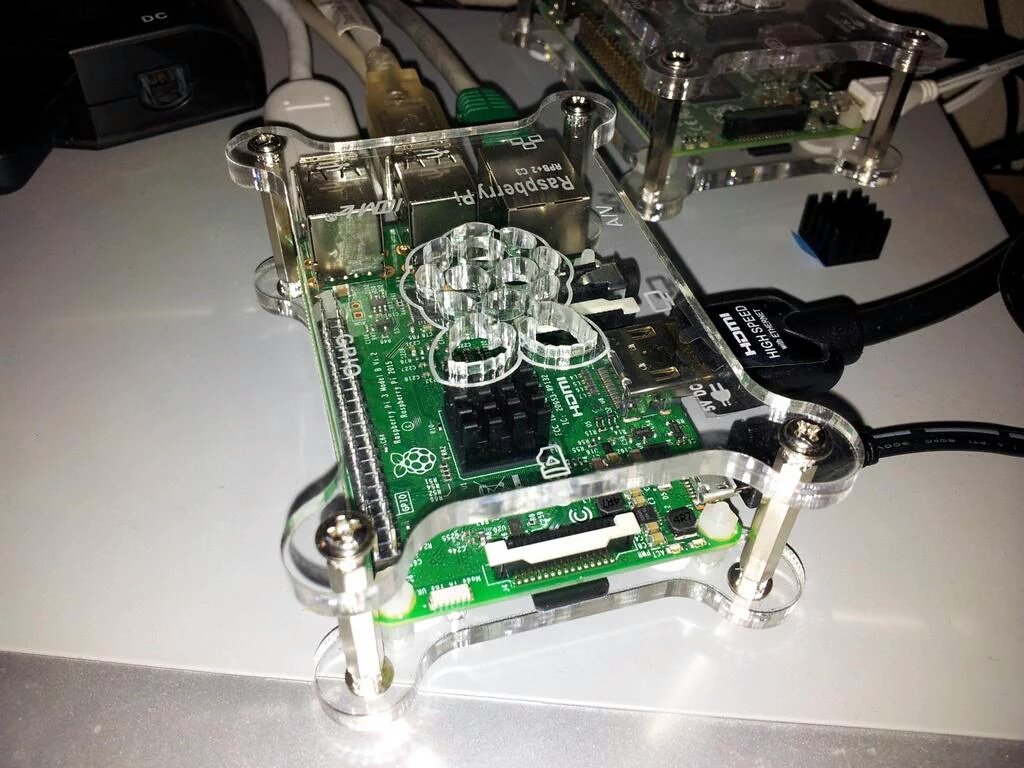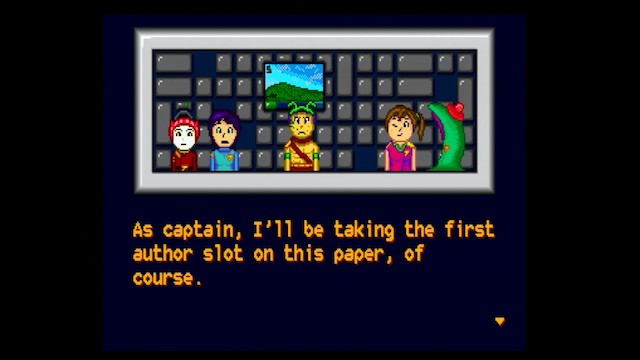

- #How to set up retropie and still have space on sdcard full size#
- #How to set up retropie and still have space on sdcard update#
- #How to set up retropie and still have space on sdcard software#
- #How to set up retropie and still have space on sdcard windows 7#
- #How to set up retropie and still have space on sdcard series#
This series of posts has nothing to do with that.
#How to set up retropie and still have space on sdcard software#
Software Disclaimer 1: There's all sorts of iffy legal issues around emulating arcade games with boards/ROMs you don't own.
#How to set up retropie and still have space on sdcard windows 7#
The MAME system is in my office and runs to this day on Windows 7 with a HyperSpin frontend. When I made my first MAME cabinet I put a small "Shuttle PC" inside. It's super fun and will only take a few weekends and perhaps a few hundred bucks. I wrote up a complete 7 part series on making your own MAME Arcade Cabinet.
#How to set up retropie and still have space on sdcard full size#
A full size MAME Cabinet - The Complete MAME Cabinet How-To That said, I'm going to briefly go over my other systems because they may be more attractive for your needs. This is my best retro arcade yet because it's got HDMI out and I can take it to friends' houses. Last week I build a RetroPie into an X-arcade tankstick. I am not overclocking my pi, either.Eight years ago I stumbled on the husk of an old arcade cabinet and along with my buddy John Batdorf, proceeded to reclaim the cabinet, refinish, paint, and turn it into a proper MAME (Multi-Arcade Machine Emulator)Īs an aside, a bit after helping me this project, John happened to start an amazing business making furniture with reclaimed wood, check him out at. If you would rather not buy a new SD card, this is an option. If i tie up all my write-heavy operations using 10M of memory, that is a price i’m willing to pay, as it improves my os ruggedness, and, if you care, the lifetime of the sd card.ĥ: I’m sure you can get lucky or that certain sd cards won’t have this issue so much, but mine did. It won’t actually “lock in” that memory until you actually use it. By default, your device already has an 80 MB in-memory mount in /dev/shm, by the way. check /var/log/errors.log to see if you can see that after you successfully log in.Ĥ: Our definitions of “Short on memory” may be different. When linux runs out of memory, it is usually configured to start killing processes, so I would suspect that your new SSH connection is being killed over and over again. If you’re swapping, you’re already going to be “slow as hell”.ģ: Your failed SSH attempts are likely linked to this complete exhaustion of device memory. Run the following commands to disable swapping forever on your system:ġ: Swapping only occurs of you run out of RAM.Ģ: By Disabling it, I am saying “don’t even try to save me if I’m out of ram”. This tool needs to be used to turn off swap, and then needs to be removed from startup. It dynamically creates a swap partition based on the available RAM. The raspberry pi uses dphys-swapfile to control swapping. One protection against SD card corruption is an optional, but potentially “I’m glad i did that” change to disable swapping. I’m not saying I’ve tried very hard, but it is much better, even with power plug pulls, which i tried a few of after doing these changes. Disable swappingĪs a note, since i have done the changes above, i have not corrupted an SD card. Check the Filesystem light on your raspberry pi after it’s fully booted. Go ahead and reboot now to see things come up.
#How to set up retropie and still have space on sdcard update#
UPDATE (unverified): I have been told that /var/run is now a symlink to a tmpfs filesystem, anyways, so you may not need to add /var/run anymore, and adding it may cause issues. None /var/log tmpfs size = 1M,noatime 0 0 None /var/run tmpfs size = 1M,noatime 0 0 dev/mmcblk0p2 / ext4 defaults,noatime 0 1


The following two lines should be added to /etc/fstab: We will first solve the usual corruption culprit and then move on to making sure we are covered when our programs decide to blow up. There are two common mount types you can use here: ramfs, which will continue to eat memory until your system locks up (bad), and tmpfs, which sets a hard upper limit on mount size, but will swap things out if memory gets low (bad for raspberry pi, you will probably be hard stopping your device if it is low on memory). If you write files to an in-memory filesystem, they will only exist in memory, and never be written to disk. Linux has with it the concept of an in-memory filesystem. Our goal is to make that light stay off as long as possible. Take a look at your blinking FS light on the board. This area, and /var/run, a location where lock files, pid files and other “stuff” shows up, are the most common areas for mess-ups. If you are like me, you don’t really look at /var/log after a recycle anyways. The biggest offender for Filesystem writes on any linux system is logging. I have the following setup, and it seems to be working well for me. If you’re like me, you’ve run into a corrupted SD card too many times to not become hell-bent on making it never happen again. The following are instructions for minimizing SD card writes for Raspberry Pi’s “Raspbian” Distribution.


 0 kommentar(er)
0 kommentar(er)
